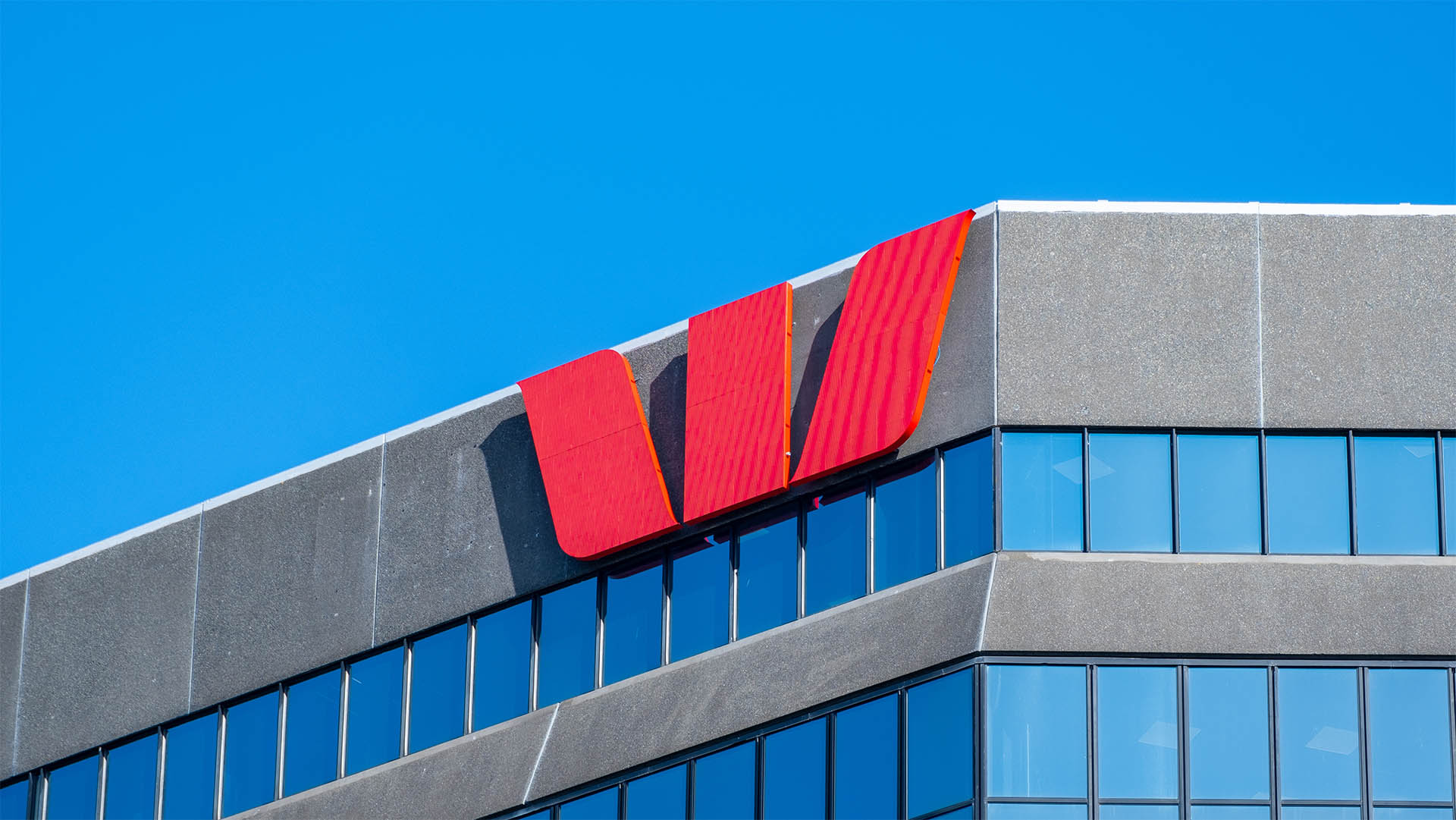
It’s mostly a recording of history but the latest mineral statistics from the Australian Bureau of Agricultural and Resource Economics does highlight just much of a lucky country we remain.
Just when prices for some key resource exports were softening, along comes the great surge in energy prices, which spilled over into the price of coking and thermal coal, while iron ore prices jumped because of rising demand from China, which helped push up coal prices as well.
That means we will have another big rise in national income and our terms of trade, which might not have happened.
But there was some bad luck. The Central Queensland floods which hit a number of coal mines cut export volumes of metallurgical coal: ABARE says the value of those exports fell 12% to $2.9 billion in the three months.
The floods will hit coking coal exports this quarter, while the Western Australian gas outage at the Apache Energy facility, off the WA coast, will cut earnings from alumina and several other commodities this quarter and into the next three months.
But these lower figures will be offset by the surge in coking, thermal coal and iron ore revenues from those big price rises which showed up in the April international trade figures last week.
Just look at the ABARE figures:
It says that in the March quarter 2008, "The index of export prices of Australian mineral resources (export unit returns) increased marginally by 0.5% compared with the December quarter 2007, as higher energy prices were almost fully off set by lower prices for metals and other minerals.
"Strong oil and coal prices supported a 5% increase in prices for energy minerals.
"Compared with the March quarter 2007, the index of export prices was nearly 4% lower, with higher energy prices (up nearly 8%) more than offset by a decline in prices for metals and other minerals (down 10%).
"Prices for metals and other minerals have declined over the past 12 months, largely as a result of increased supply for some commodities and weaker demand growth driven by the uncertainty surrounding the outlook for the US economy."
So for many companies increasing volumes would have made up for some of the impact of lower prices, but not all of it.
The stronger Australian dollar helped: it was up over 16% from March 2007 to March this year.
ABARE says that total export earnings from Australia’s mineral resources were unchanged at $27.1 billion in the March quarter 2008, compared with the previous quarter (December).
"Stronger prices for a significant proportion of major minerals and energy commodities compensated for the effect of a stronger Australian dollar and lower volumes for some commodities.
"There were significant increases in export earnings in the March quarter 2008 for: thermal coal, up $292 million (16%) to $2085 million; refined gold, up $363 million (15%) to $2858 million; copper, up $190 million (13%) to $1700 million; nickel, up $132 million (10%) to $1485 million; and iron ore and pellets, up $190 million (4%) to $4729 million.
"The higher earnings reflect slightly higher export volumes and higher prices for most of these commodities."
But on the other hand there were downturns in several key commodities. ABARE said that export earnings in the March quarter 2008 for lead fell 43% or $288 million to $387 million; uranium oxide, down $87 million or 34% to $172 million; zinc, down $294 million (31% to $651 million; metallurgical coal, down $387 million (12%) to $2910 million; and alumina, down $175 million (12%) to $1286 million.
ABARE commented: "The decline in the value of metallurgical coal and lead earnings reflects lower export volumes shipped, while the fall in the value of zinc, alumina and uranium oxide earnings is the result of both lower export volumes and lower prices".
The floods in Queensland, plus cyclones had an impact on output.
ABARE said that "Production of a wide range of key minerals and energy commodities was lower in the March quarter, largely as a result of adverse seasonal weather conditions (cyclones and heavy rainfall) during the quarter.
"Production was lower for diamonds, blister copper, gold mine, refined copper, zinc ores and concentrates, uranium oxide, copper ores and concentrates, salable black coal and natural gas.
"Wet weather, causing damage to the pit access ramp and restricted access to higher grade ore, resulted in lower diamond production at Rio Tinto’s Argyle mine in Western Australia. Production from the Argyle mine is likely to continue to fluctuate as the company makes the transition from opencut mining to underground mining.
"Oil and gas production was lower in the quarter as a result of maintenance at some fields and cyclones off the north coast of Western Australia. The reduction in production of copper ores and concentrates, blister copper and refined copper was attributable to lower production at BHP Billiton’s Olympic Dam and Xstrata’s Mount Isa mines.
"Lower production of lead and zinc ores and concentrates was the result of the closure of Perilya’s Beltana mine in South Australia. Australian production of uranium oxide declined by 14 per cent to 2510 tonnes in the March quarter in line with lower production at the Ranger and Olympic Dam mines.
"The production of lead bullion increased by 21 per cent during the March quarter compared with the December quarter. This reflected a return to normal production after the fire at Xstrata’s Mount Isa zinc-lead concentrator in October, 2007."
Oil production totalled 5.9 gigalitres in the March quarter, down 7% on the December quarter 20












